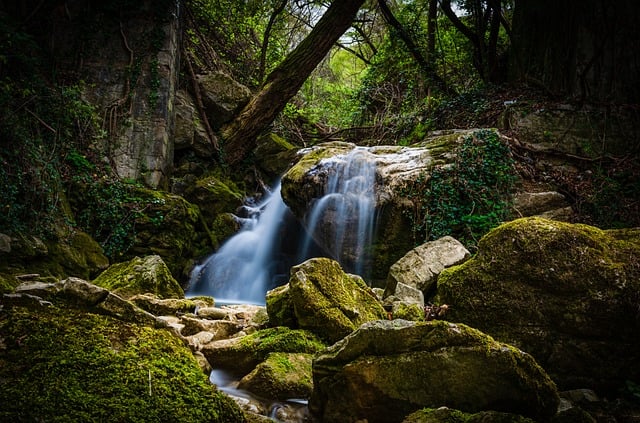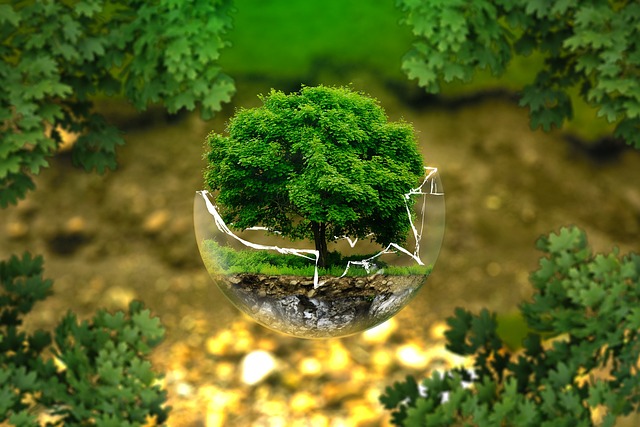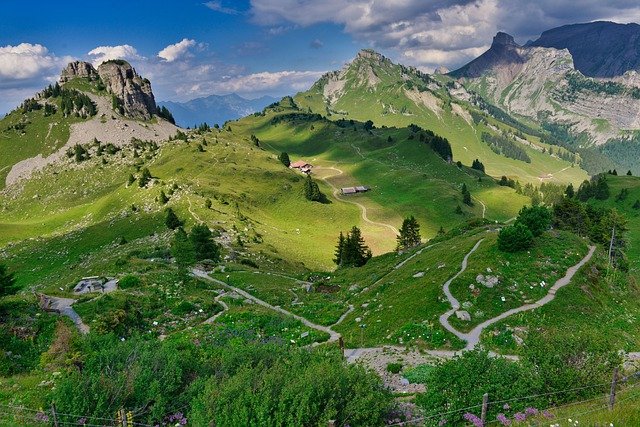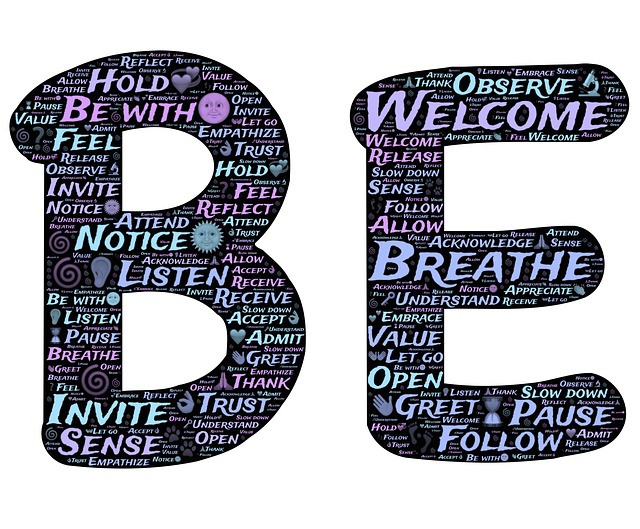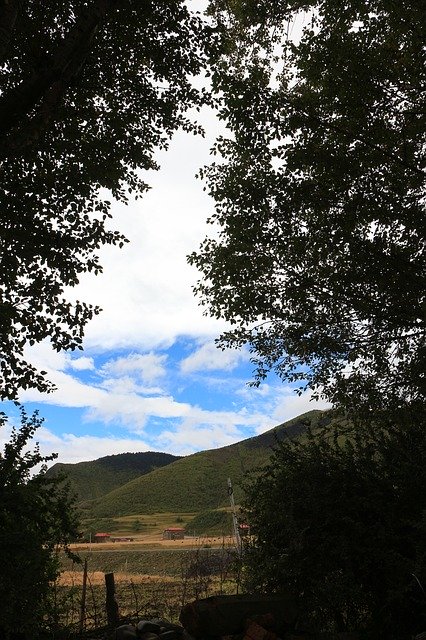Mark Anthony, JD, has written a landmark book covering life after death and spirit communication. The book draws on his research, personal experience, stories of other people and quantum physics. The stories that Mark reports in detail are drawn from people who recount their Near death Experience (NDE) or their Shared Death Experience (SDE) as well as the stories that arise in his work as a “spirit medium”. Mark is described as a “psychic explorer” and is known as the Psychic Lawyer®, being an experienced, Oxford-educated trial lawyer.
He conducts “spirit communication sessions” face-to-face around the world and live on television and radio. His goal is to enable people who have lost a loved one to better manage their grief through receiving assurances from the person’s spirit on the Other Side. Mark’s book incorporating the latest science and illustrative stories is titled, The Afterlife Frequency: The Scientific Proof of Spiritual Contact and How That Awareness Will Change Your Life.
Life after death – the survival of consciousness
Quantum physics has demonstrated that everything in our world, including our blood cells and beach sand, are made up of quanta, “subatomic particles of electromagnetic energy”. Einstein maintained that “everything is energy”. The Law of the Conservation of Energy states that “energy can neither be created or destroyed”. Since everything is made up of quanta, Mark contends that “everything is energetically connected”.
Consciousness, often referred to as the “soul” (our individuality shaped by our experiences, personality, knowledge and other attributes) is described by physicists as “the quantum electromagnetic field within the brain”. In his Afterlife Frequency book, Mark explains how he developed the concept of the electromagnetic soul, drawing on history ranging from 4,000 years old Hindu beliefs, through Leonardo Da Vinci’s scientific research, Buddhism beliefs, the work of Sir Isaac Newton and the present-day research of Dr. Gary Schwartz of the University of Arizona.
Given that energy cannot be destroyed but only “transformed from one form to another”, Mark and world leading scientists, contend that as we are energetic beings, “the energy of life transcends physical death”. The electromagnetic soul thus lives on after death and exists in another dimension at a higher energy frequency, no longer constrained by the limitations of the human body. Mark affirms that the electromagnetic soul is neither created by the brain nor extinguished on its death. He draws on an analogy developed by Professor Hans-Peter Durr of Germany’s Max Planck Institute for Nuclear Physics to argue that “at death the electromagnetic soul is uploaded to a higher frequency” and joins what he terms “collective consciousness”.
Spirit Communication
Mark makes the significant point that spirit communication does not come in a direct form like text messaging. Sometimes the message is received in the form of metaphors, feelings, images or symbols. This means that interpretation of the message may not be immediately available to the medium or to the person for whom the message is intended. Mark explains that the understanding of the message by the intended recipient may take hours, days or even years. Eventually, at an appropriate time, the meaning in the message becomes clear as the associations connected to the message are identified and understood. Mark gives examples of this time lapse in understanding by people for whom he has performed “readings”.
Mark contends that despite the fact that we are not all mediums like him (who is a fourth-generation medium), we are each able to communicate with spirits. He explains that the pineal gland in the body, also called the “psychic gland”, enables us to receive higher frequency transmissions. As Mark explains because we all have the same “physical apparatus”, “everybody has the ability to have a psychic experience”.
Barriers to spirit communication
In a chapter titled The No, No, No, Syndrome, Mark identifies a number of barriers that people create that effectively block spirit communication. He draws on many examples experienced during his spirit communication workshops or phone calls to explain the nature and impact of these barriers. For example, people may be so anxious or fearful that their thinking becomes clouded; they may be so emotive (wanting a communication desperately and subsumed by grief) that their emotional state acts as a “deflector” of the spirit communication; or they may overthink or “hyper-analyse” the message during the communication. Mark argues that feeling should predominate during the communication, analysis should come after the message is received. He suggests that inviting not demanding, and feeling not analysing, is the way to effectively receive spirit communication. Spirit communication also requires patience because messages received can have multiple levels of meaning.
How to become receptive to spirit communication
Mark maintains that we can each develop what he calls spiritual situation awareness so that we are “capable of getting in sync with afterlife frequency”. This awareness enables us to detect spirit communication in the form of “signs” and be able to interpret and act on them.
He suggests that one of the easiest ways to develop the requisite awareness is to begin by paying attention to our immediate world through our senses, what Jon Zabat-Kinn calls Coming to Our Senses. We can start by listening to sounds in our immediate environment and then expand our attention to take in sights, smells, tastes and touch. Through this process we can eventually develop natural awareness and what Mark calls situation awareness, a trait highly developed by emergency services personnel.
Mark contends that we can take our awareness to a higher level moving beyond awareness of our physical environment to awareness of “what is happening around us energetically”, what he terms spirit situational awareness. He proposes a 4-part technique that builds spiritual situational awareness over time. The technique he describes in his Afterlife Frequency book is called the RAFT Technique:
- Recognize
- Accept
- Feel
- Trust
Mark maintains that with practice we can develop unconscious competence in recognizing, accepting, feeling and trusting the signs and messages received through spirit communication. We can also progressively remove the blockages that would otherwise interfere with the communication and our understanding of what is being communicated. Mark explains that practice is necessary because we can unwittingly block the “energetic impulse” communicated by a spirit which would, without the blockage, create a connection to the electromagnetic field of our brain.
Reflection
As we grow in mindfulness, we can develop our natural awareness, our spirit situational awareness and our receptivity to spirit communication if we choose to do so. Mindfulness with its focus on paying attention purposefully, can enrich our lives on many dimensions – physical, psychological and spiritual. The benefits of mindfulness are far-reaching and encompass the totality of human experience.
________________________________
Image by Đức Tình Ngô from Pixabay
By Ron Passfield – Copyright (Creative Commons license, Attribution–Non Commercial–No Derivatives)
Disclosure: If you purchase a product through this site, I may earn a commission which will help to pay for the site and the resources to support the blog.
